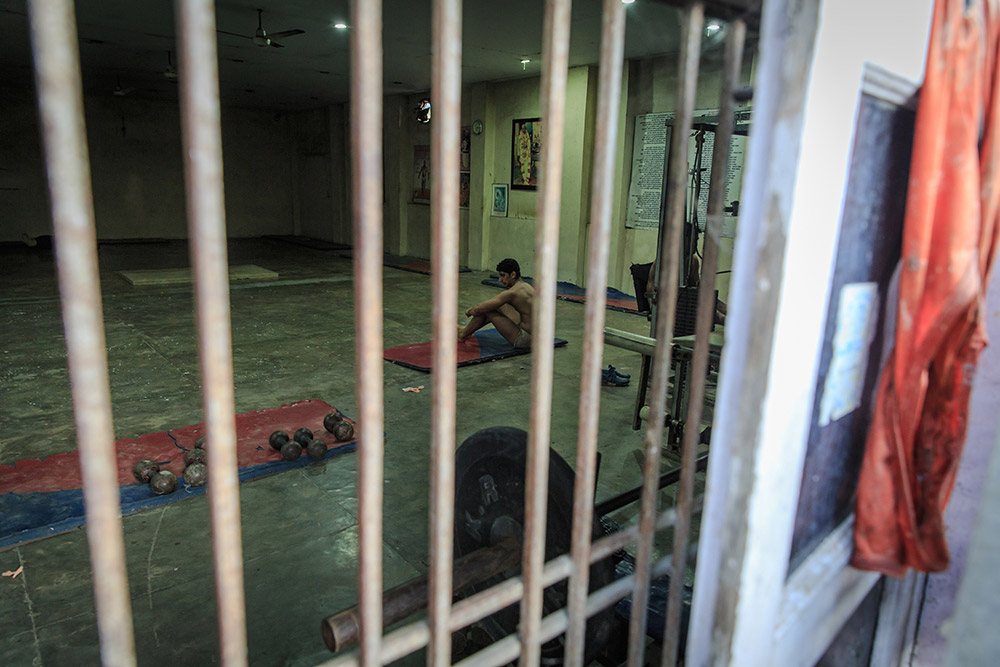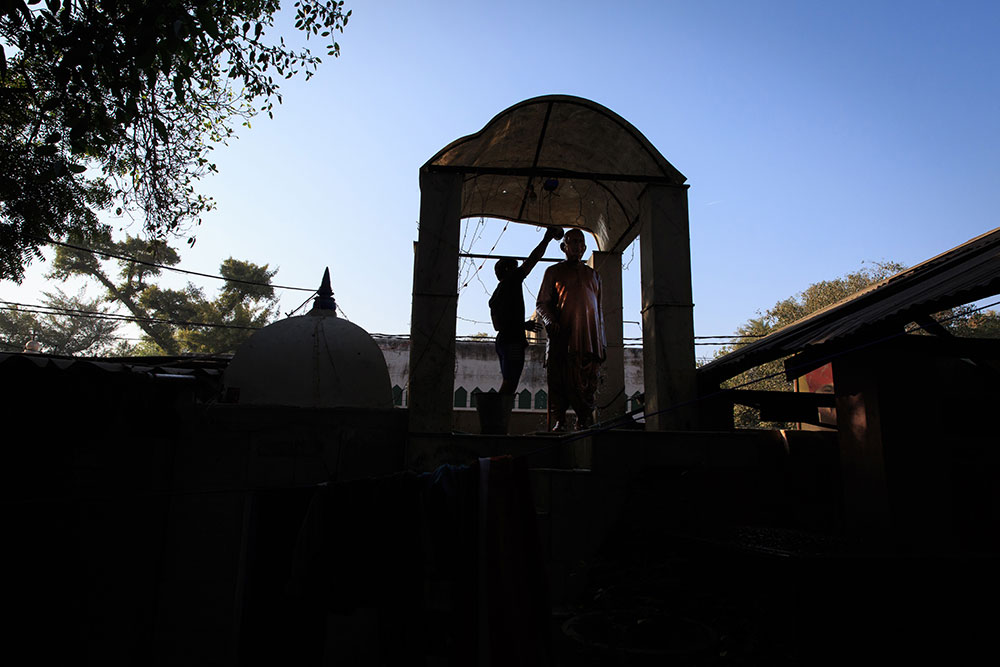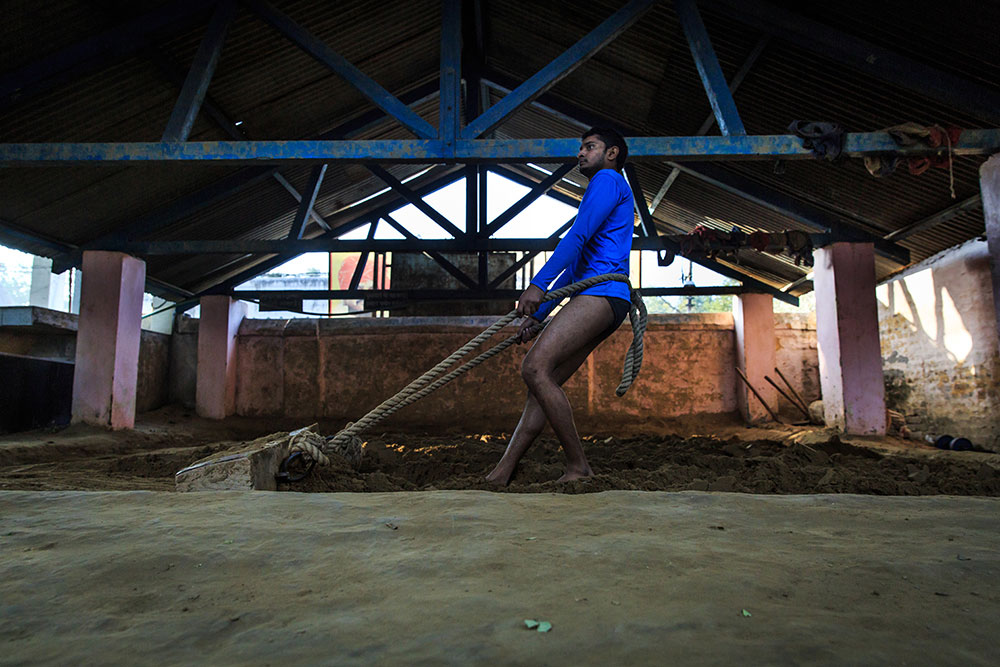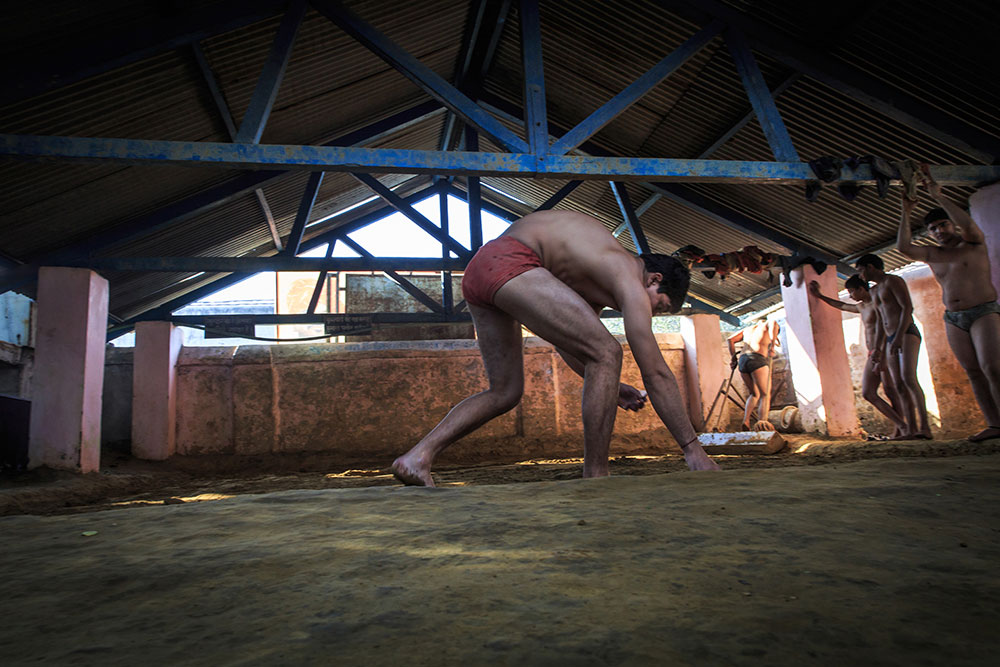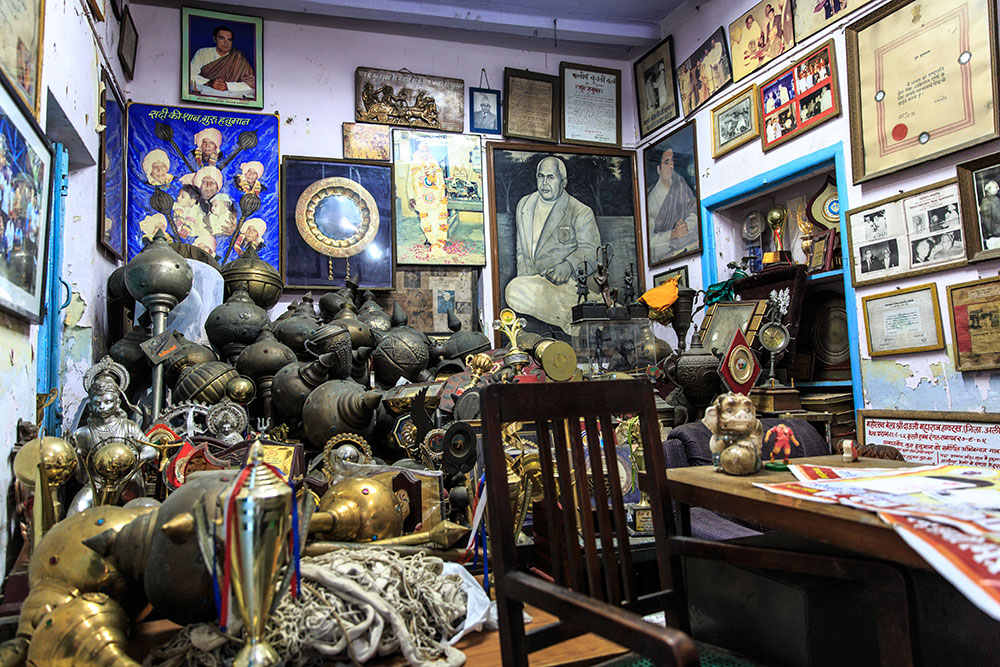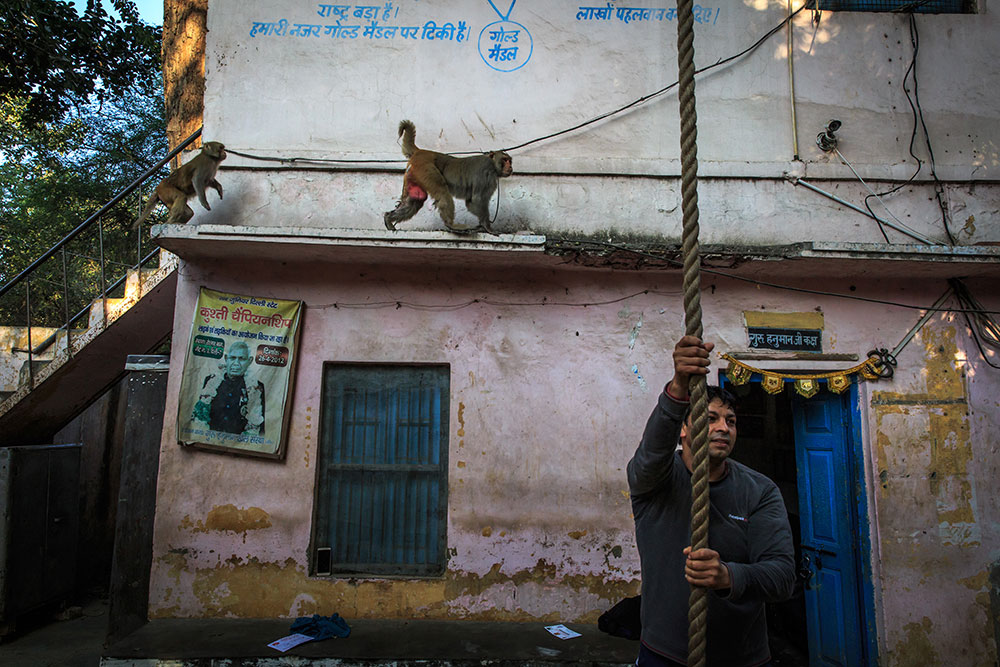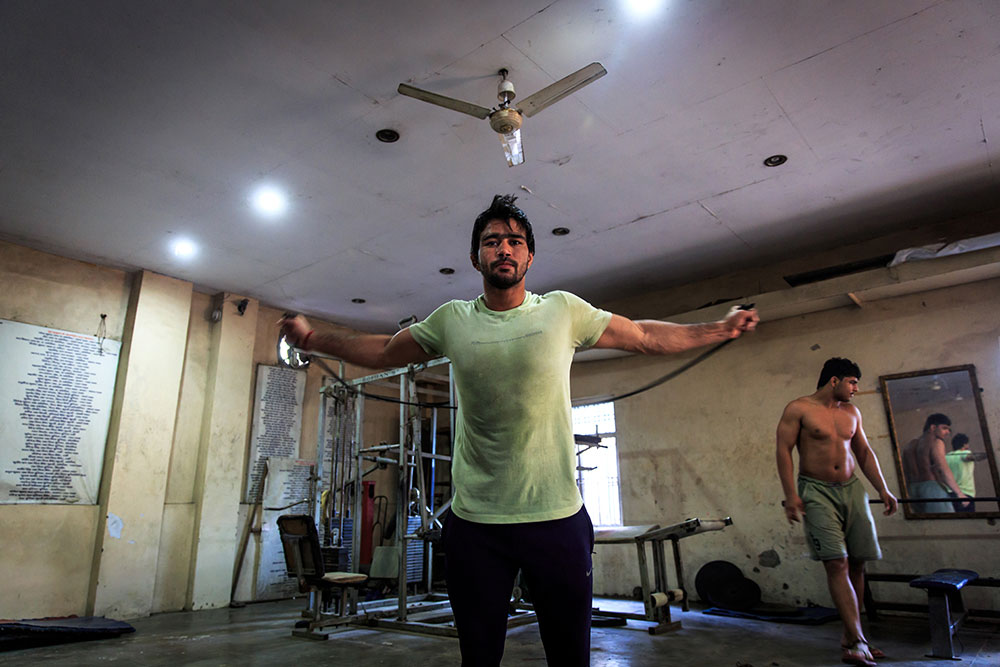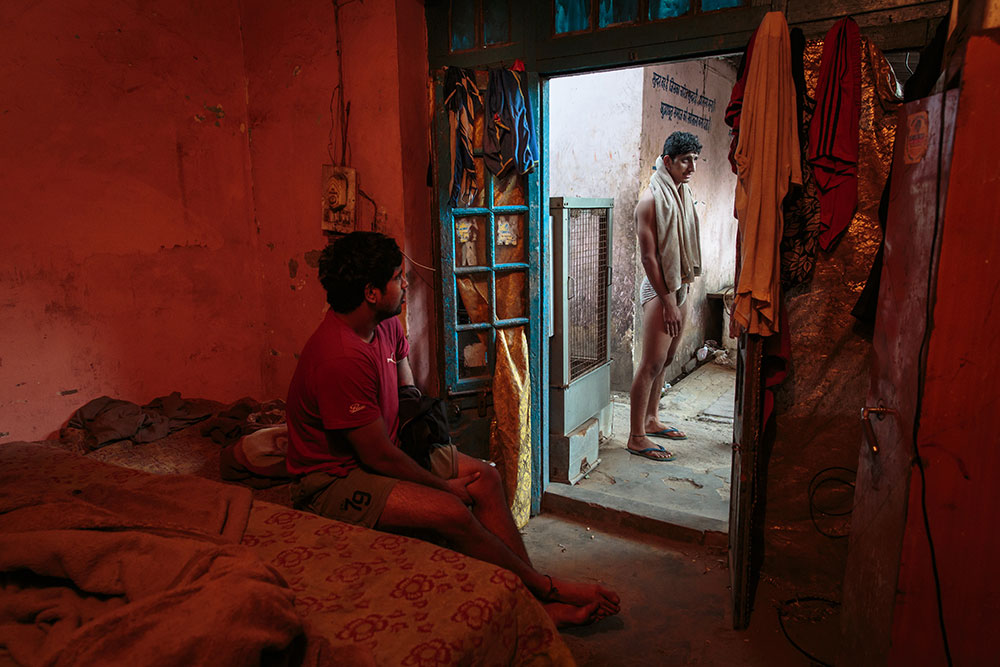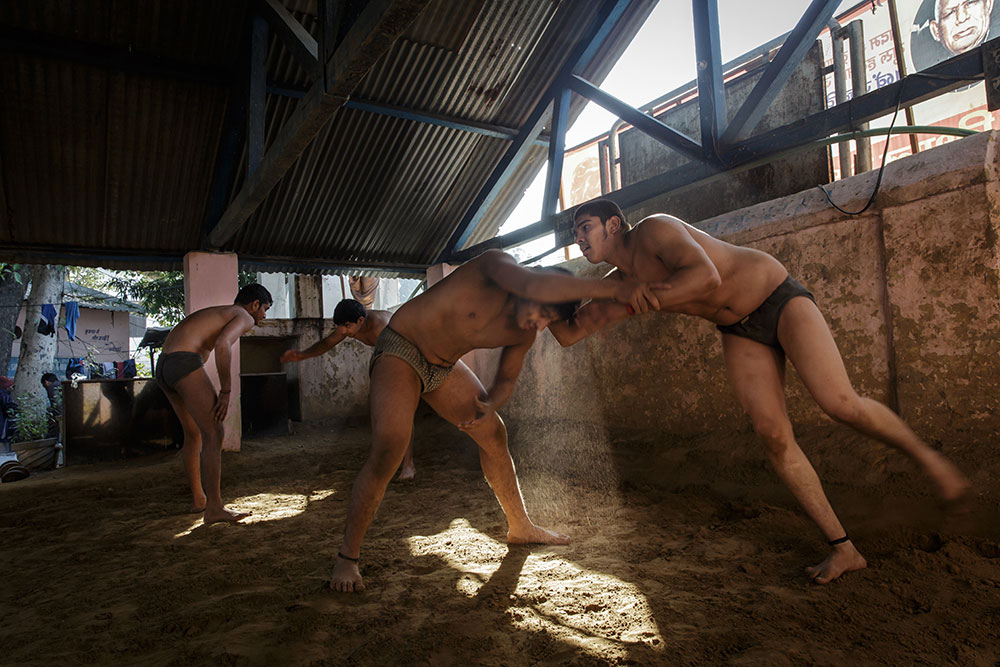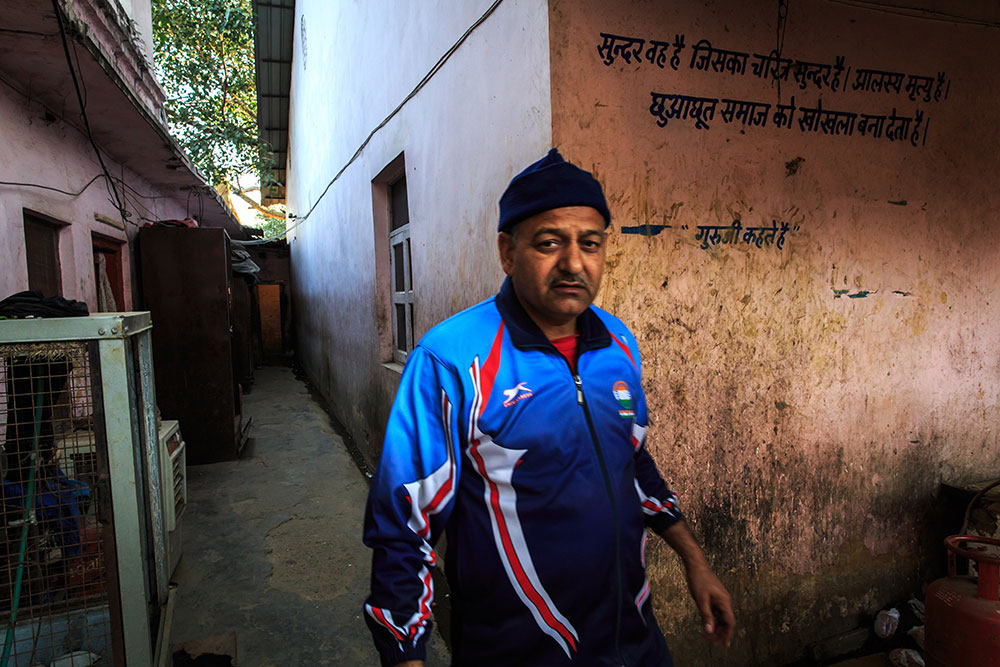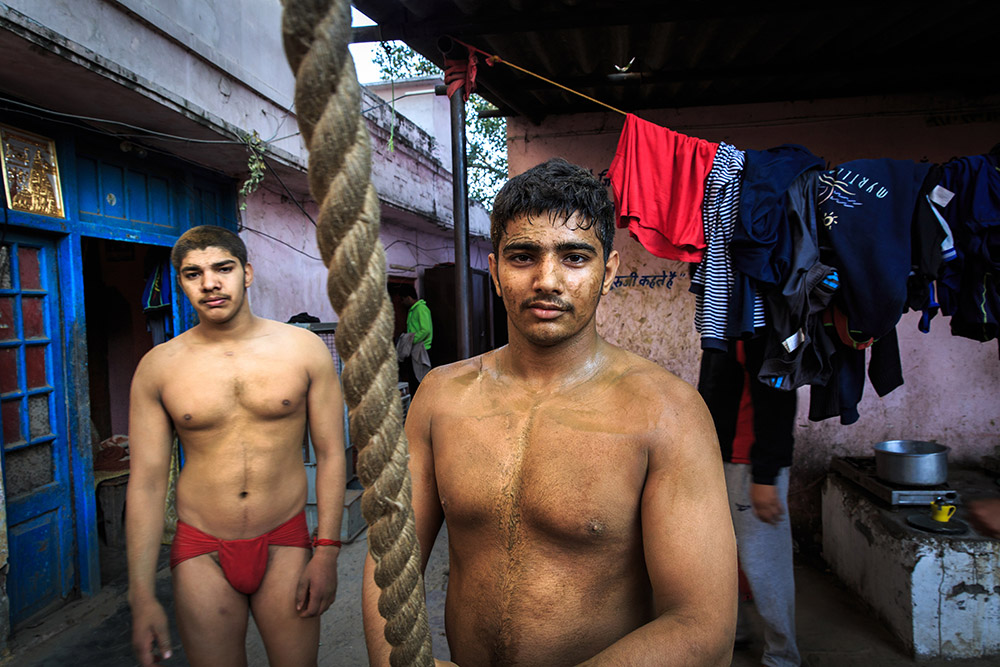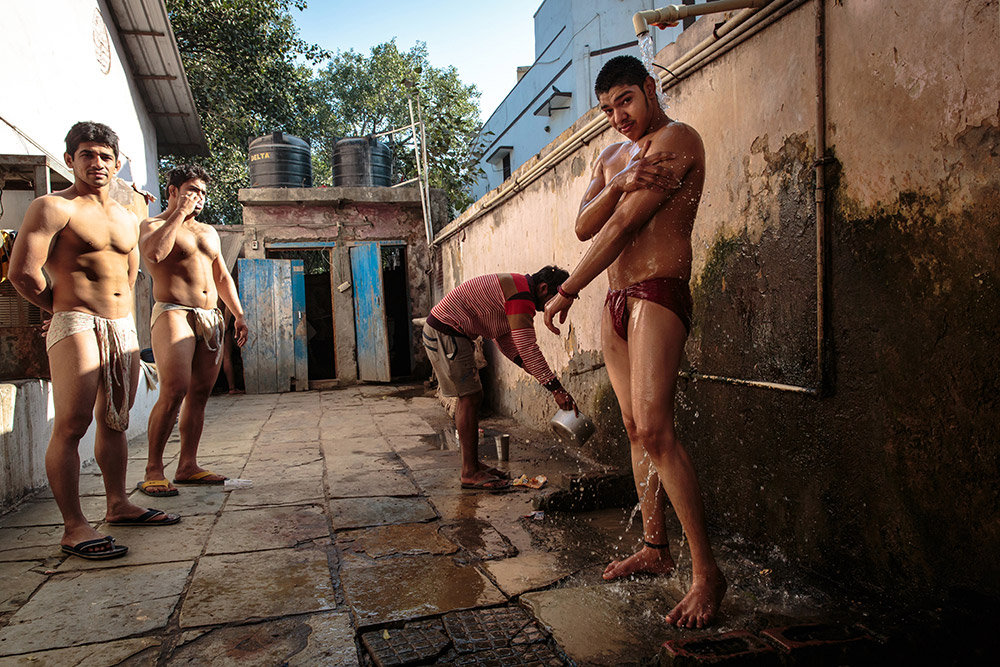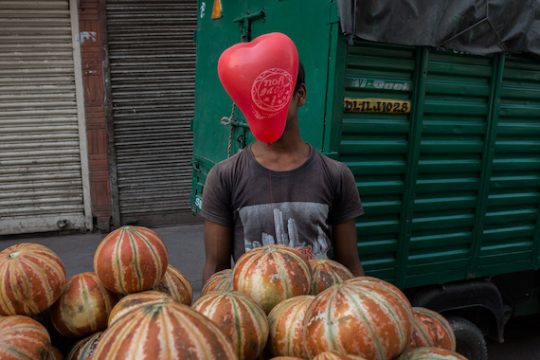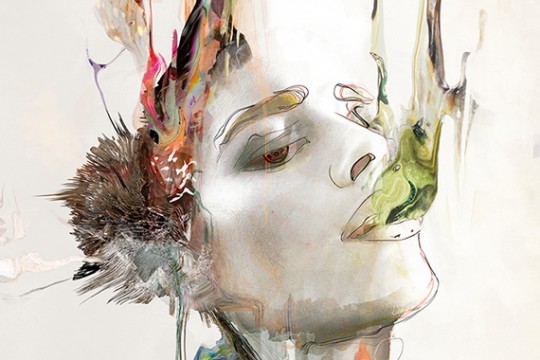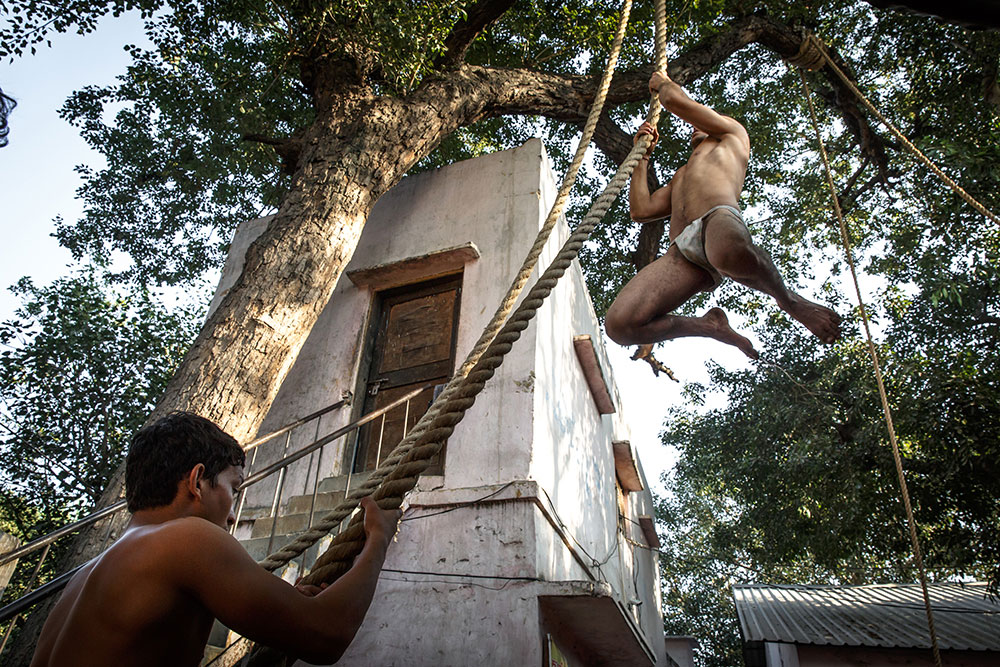
The Art of Kushti is a photography series by Italian travel, documentary, and street photographer Marcello Perino. Taken in New Delhi during Perino’s travels across India, the series explores the practice of kushti, a wrestling tradition that has existed in South Asia for centuries.
《The Art of Kushti》是意大利旅行、纪实和街头摄影师 Marcello Perino 创作的摄影系列。Perino 横跨印度旅行,在新德里期间所拍摄了这组照片,探讨印度当地的传统泥地摔跤(Kushti),一种在南亚流传了几个世纪的摔跤传统。
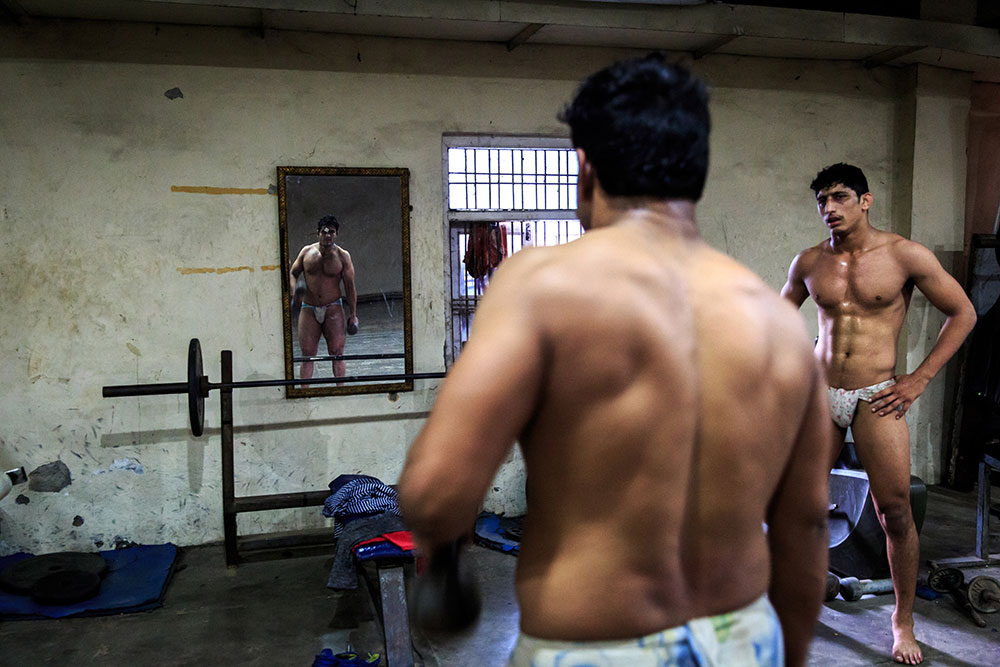
Kushti is more than just a sport – it’s a martial art, a way of life, and a spiritual practice that requires strict discipline from practitioners to follow the rules and regimens of the tradition. The history of kushti goes back to the 16th century when northern India was conquered by the Mughals. Although wrestling has been practiced in South Asia since at least the 5th millennium BC, the Mughals would bring their own wrestling traditions to India and influence the way that wrestling was practiced there – this blending of traditions would birth the modern tradition of kushti that continues to be practiced today.
泥地摔跤不仅仅是一项运动,它更是一种武术、一种生活方式、一种需要严格自律的修行,是对规则与传统的恪守。泥地摔跤的历史可以追溯到 16 世纪,当时印度北部被莫卧儿王朝(Mughals)所征服。公元前五千年以来,南亚地区已经出现了摔跤运动,但是莫卧儿王朝还是把他们自己的摔跤传统带到了印度,从而影响了当地的摔跤方式。两种传统摔跤的混合催生了现代的泥地摔跤,一直流传至今。
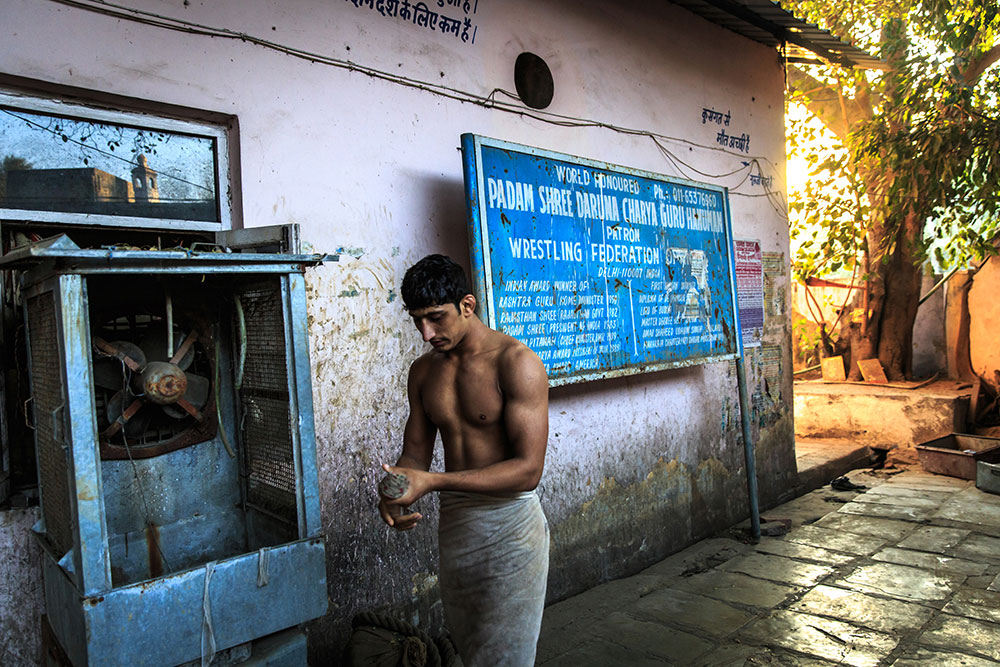
Kushti wrestlers will live and train together in centers called akharas, which serve as training schools and arenas where they can compete against each other and train using a range of fairly simple but effective equipment. Living under the guidance of a guru, practitioners adhere to a rigorous training schedule that begins before sunrise and ends in the early evening. Practitioners are required to adhere to a specific diet and will have responsibilities at the akhara that include cleaning, cooking, washing, and other jobs. Some elite wrestlers will practice 365 days a year, live under strict rules of celibacy, and avoid smoking tobacco or drinking alcohol.
泥地摔跤运动员需要在名为 Akharas 的摔跤中心生活和训练,这些中心既是训练学校,也是学员互相比赛的竞技场,其中训练用的设备虽然简单却十分有效。在教练的指导下,摔跤运动员必须坚持严格的培训安排,他们往往要在天亮之前就起来训练,一直到傍晚才结束。在摔跤中心,摔跤运动员必须遵守特定的饮食习惯,还要负责相应的工作,包括清洁、煮饭、洗衣服等等。一些精英摔跤运动员全年 365 天都要参加训练,严格按照独身生活的规条,并且严禁烟酒。
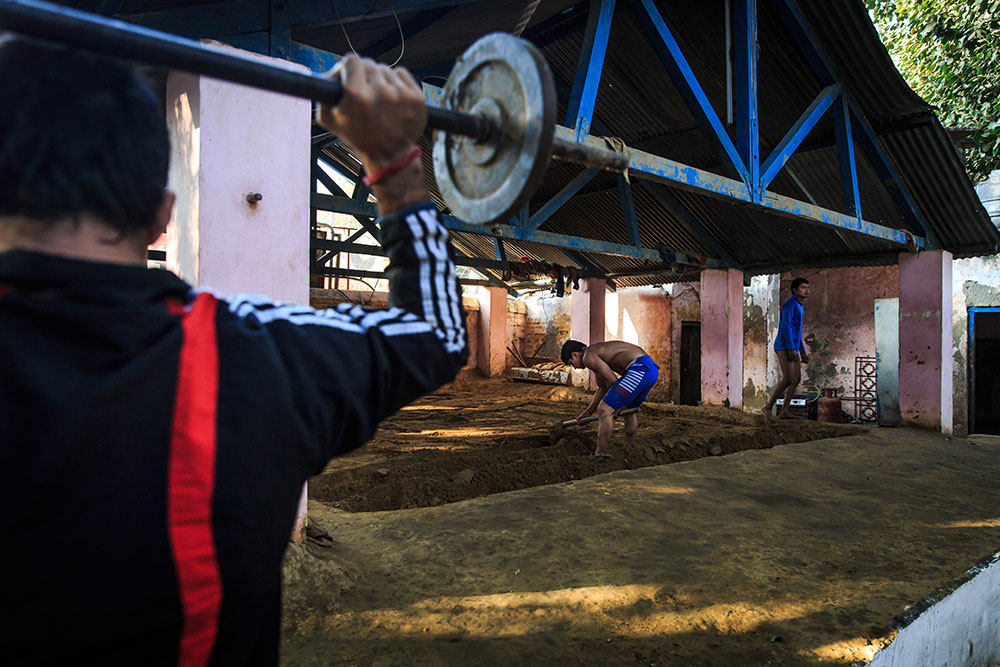
The Art of Kushti was taken in New Delhi at the Guru Hanuman Akhara, the oldest akhara in India. Wrestlers at the akhara practice under the guidance of Maha Singh Rao, a national legend and coach who has been awarded the Dronacharya Award, the highest honor that can be given by the Indian government in the field of coaching in sports and athletics. The Guru Hanuman Akhara has produced nationally and internationally recognized wrestlers, who continue to carry on the art and tradition of kushti.
《The Art of Kushti》是于印度新德里历史最悠久的 Guru Hanuman Akhara 摔跤中心拍摄的。摔跤中心的教练 Maha Singh Rao是一位获得 Dronacharya 奖的民族传奇,Dronacharya 奖是印度政府在体育和田径培训领域颁发的最高荣誉。Guru Hanuman Akhara 摔跤中心至今成功培养了多名享誉国内外的摔跤运动员,是泥地摔跤这项艺术和传统运动的重要传承者。
